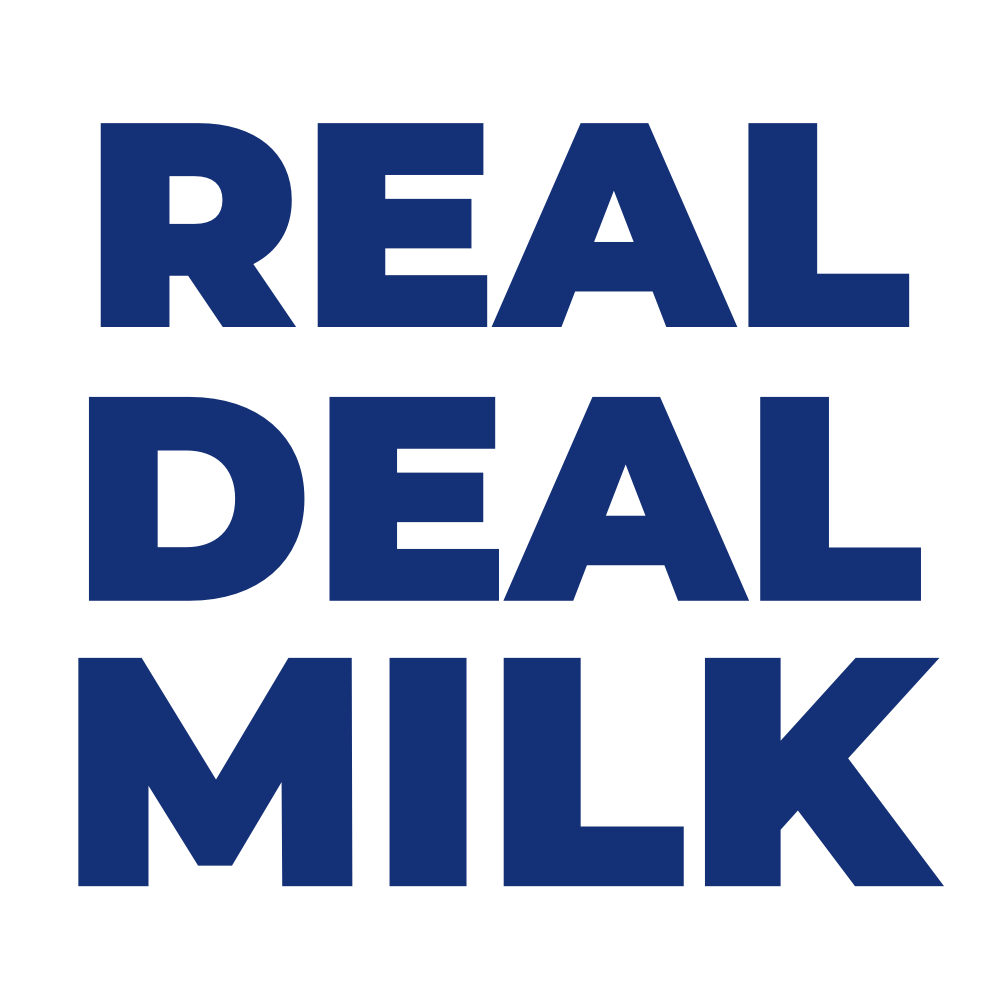Greenhouse gases galore
In the words of Greta Thunberg, “our house is on fire” and “I want you to panic”.
The earth is baking. The last decade was the hottest on record (UN), and climate change is responsible.
We’ve known about climate change for years; we’ve known that greenhouse gases (GHG) are the main cause and that we should probably do something about that. Maybe the future seemed too scary or so devastating that it would never happen. Whatever the excuse, it didn’t kick the world into action.
Now we’re watching the consequences of our own poor decisions play out, and we’re still miles from doing anywhere near enough.
What are GHGs role in climate change?
They make the planet HOT.
Without GHGs, we’d all be shivering away in temperatures below freezing. These gases work by absorbing heat either from the sun, land or reflected from the ocean and gradually releasing it into the atmosphere (Climate.gov. 2020). However, humans have upset this balance so much that we’ve basically thrown the scales away. Thus as GHGs are rising, the temperature is too.
It’s time for governments to step up.
In 2015, 195 nations signed the Paris Agreement, with the target to prevent the global temperature from increasing by more than 1.5℃ (UN). This limitation marks a temperature by which we can avoid the worst of climate change. But will we meet it?
A report recently published by the International Panel on Climate Change (IPCC) has pressed the panic button. If we do not act immediately on a large scale and sustain it, limiting the increase to 1.5℃ or even by 2℃ is out of reach, and 2℃ is the critical tolerance for health and agriculture (IPCC. 2021). Climate change intensifies everything, resulting in more rainfall and flooding at the same time as more intense droughts. We have already set some irreversible changes into action, such as rising sea levels and there’s no bringing them back down again.
The one-piece of good news provided in the report is that we still have the chance to change the direction of our current climate course. But for that, we need big actions right now.
Where are these GHGs originating?
Let’s talk numbers.
Multiple industries are pumping out large amounts of GHGs. The breakdown of the percentage of carbon produced by each is as follows (Our World in Data):
73.2% Energy (electricity, heat and transport)
18.4% Agriculture, forestry and land use
5.2% Direct industrial processes
3.2% Waste
As you can see, agriculture slots its way into the top two with a staggeringly high contribution. When considering the packaging, transporting and sale of these foods, the proportion jumps even higher to a third of the world’s GHGs (UN). If left alone, the emissions sent out by our food system will increase by up to 40% by 2050 (UN).
The foods produced within these systems play a massive role, with livestock emissions being double that of crops eaten directly by humans (Our World in Data). Within this livestock category, cattle are a big culprit.
How is cows contribution so significant?
Dairy farming has got multiple tricks up its sleeve for GHG production.
For dairy and beef it’s not just their processing that boosts them in the GHG charts but also the cow’s digestion. As cow’s munch down their feed, the microbes living inside their many stomachs also begin eating away at the food. The issue with this help from the microbes is that in return, they release methane, evacuating its way into the atmosphere through the cow’s farts.
Cows are also known for pooing a lot, so much that they manage to excrete around 77 litres of manure and urine a day (WWF)! They must spend a lot of time on the toilet. As manure decomposes in conditions with little oxygen, like those found where cows are confined to small areas, nitrous oxide and methane are released (Our World in Data).
So, the bowel movements of cows and other livestock helps push agriculture to become the largest contributor to methane gases (Our World in Data). As if that wasn’t enough, as agriculture expands, more and more areas are cleared; forests are destroyed, and so are grasslands. Making room for animals to graze or produce crops, many of which go to feeding livestock. This destruction removes carbon ‘sinks’, areas that would help remove the carbon from the atmosphere. It’s a lose, lose situation.
The recent climate reports are terrifying. They demonstrate that although mass change on an industrial and government scale is crucial, individual efforts will not go unnoticed. The more people are adapting their lifestyle to benefit the planet, the more significant the impact.
We have control over what we eat, so let’s make it count. By avoiding animal products, we can start chipping away at reducing our GHG emissions. And choosing Real Deal Milk will do just that. We allow consumers to keep dairy in their diet while avoiding cows completely and, even better, avoiding all the GHGs they’re pumping out.
References
Climate.gov. 2020. Climate change: atmospheric carbon dioxide. https://www.climate.gov/news-features/understanding-climate/climate-change-atmospheric-carbon-dioxide
IPCC. 2021. Climate change widespread, rapid, and intensifying. https://www.ipcc.ch/2021/08/09/ar6-wg1-20210809-pr/
Our World in Data. No date. Emissions by sector. https://ourworldindata.org/emissions-by-sector
UN. No date. Climate action fast facts. https://www.un.org/en/climatechange/science/key-findings
WWF. No date. Sustainable agriculture; dairy; overview. https://www.worldwildlife.org/industries/dairy



